Looking for the best automotive industry conferences and events for 2026? This guide will help you navigate the most impactful automotive conferences and trade shows slated for 2026. We will dive into what makes each event unique, price, location, and more.

Key Automotive Conferences and Trade Shows
When it comes to elevating your auto repair business or career, knowing which events to prioritize is crucial. Each of these conventions offers a distinct experience, catering to different roles in the shop. Let's explore the big events you can’t miss in 2026.
1. Tektonic
What: Tektonic is a brand new automotive conference for 2026. Whether you're leading the business, managing the front desk, or turning wrenches in the bay, Tektonic offers tailored training to elevate your skills, connect with peers, and drive your career forward in a space built for you.
Come for the shop-tested fixes. Leave with the horsepower to hit top-gear growth. Tektonic is a three-day event built for every shop, no matter your size, brand, or business model. Expect industry-first content, with Tekmetric-backed know-how.
When: April 9-11th, 2026
Where: Marriott Marquis - Houston, TX
Cost: Early bird pricing starting at $750.
Website: https://www.tekmetric.com/tektonic
2. SEMA Show
What: The SEMA Show offers an attendee experience like no other automotive trade show on the planet. It's the best place to see thousands of the newest automotive performance products from new and iconic exhibitors, discover the latest product and vehicle trends, and develop essential skills by attending any one of the 99+ free education sessions – all of which are led by top industry professionals.
The SEMA Show is the premier auto show geared to help small businesses thrive and succeed. The trade-only event enables automotive specialty equipment manufacturers to display alongside automotive manufacturers to debut new, innovative products and connect with industry buyers from all over the world.
When: November 3-6th, 2026
Where: Las Vegas Convention Center - Las Vegas, NV
Cost: Early bird pricing starting at $50
Website: https://www.semashow.com
3. AAPEX
What: Only AAPEX gives you the training, products, and insights to help you stay ahead today and prepare for tomorrow — all while you connect with the entire industry under one roof! Live, interactive demos. Expert-led business education. Our most robust training program yet. It’s all here to give you a jump on every new advancement and the knowledge to tackle your biggest challenges.
Where else can you come face-to-face with the world’s part suppliers showcasing innovations that give you an edge in the here and now — and global perspectives on where the industry is headed next? Spend three days at AAPEX Las Vegas and make sure you’re ready to steer your business toward success!
When: November 3-5th, 2026
Where: The Venetian Expo & Caesars Forum - Las Vegas, NV
Cost: Early bird pricing starting at $50
Website: https://www.aapexshow.com
4. NADA
What: NADA Show offers a full program of innovative products, emerging trends and networking opportunities. Four full days of outstanding education, emerging trends and networking opportunities for all areas of your dealership.
When: February 3-6th, 2026
Where: Las vegas Convention Center - Las Vegas, NV
Cost: Early bird pricing starting at $679
Website: https://www.nada.org/nada-show-attend
5. ASTA
What: The ASTA Expo is an annual event that brings together professionals from the automotive aftermarket industry for training, networking, and discovering the latest innovations. Anyone is welcome, including shop owners, managers, technicians, service writers, and anyone in the automotive service and tire industry looking to grow their knowledge, network, and business.
When: September 25th, 2026
Where: Raleigh Convention Center - Raleigh, NC
Cost: Not disclosed for 2026 yet - check website.
Website: https://astausa.org/pages/asta-expo-2025
6. Shop Hackers
What: The annual Shop Hackers seminar provides owners and staff in the independent automotive repair and collision/body industries with: Top-tier knowledge, life-changing personal connections, actionable strategies, increased motivation, one unforgettable experience.
With over a thousand attendees, a large array of vendors, and world-renowned industry leaders, this auto conference is unlike any other in the industry. You may laugh, you may cry, you will eat well, and one thing is for sure — you will walk away changed for the better.
When: July 2026
Where: Murfreesboro, TN
Cost: Not disclosed for 2026 yet - check website.
Website: https://shophackersconference.com
7. Vision
What: VISION Hi-Tech Training & Expo, provides the opportunity for you to expand your knowledge and gain new skills, all while networking with leading automotive service industry professionals. Choose from more than 100 cutting-edge management, technical, and educator training courses. VISION also features a 60,000 square-foot exhibit hall showcasing the latest tools, equipment, and technology.
When: March 5-8th, 2026
Where: Overland Park Convention Center - Overland Park, KS
Cost: Early bird pricing starting at $435
Website: https://visionkc.com/
8. ATI
What: Learn how top-performing shop owners are navigating today’s economy and running more successful, profitable businesses. Our world-class speakers and informative sessions will equip you with the knowledge and tools you need to thrive.
SuperConference is not just about learning; it’s about community. Engage in interactive, team-building activities with the most supportive community of shop owners in the industry. Build relationships that will last a lifetime and grow your network with high-performing peers and professionals.
When: March 18-21, 2026
Where: Hyatt Regency Grand Cypress - Orlando, FL
Cost: Not disclosed for 2026 yet - check website.
Website: https://www.autotraining.net/superconference/
Why you should attend an automotive trade show
Now that we’ve explored some of the top 2026 events, let’s zoom out and consider the benefits of attending automotive conferences.
Networking opportunities
Imagine walking into a room filled with hundreds, even thousands, of people who share your passion, understand your challenges, and are dedicated to the same industry. That's the power of networking at automotive conferences. These aren't just casual conversations; they are opportunities for mentorship, partnerships, collaboration, and mutual growth.
Industry trends and insights
The automotive industry moves at lightning speed. What was cutting-edge last year might be standard this year, and obsolete next. Attending conferences gives you visibility into the future of auto repair. You’ll gain firsthand knowledge of the emerging trends and critical insights that will shape the industry for years to come.
Final thoughts
Finding the right automotive conference for you can be challenging but we hope this guide was helpful. Whether you are just starting your business or have spent your whole life fixing cars, there is an event for you.
More shop resources:




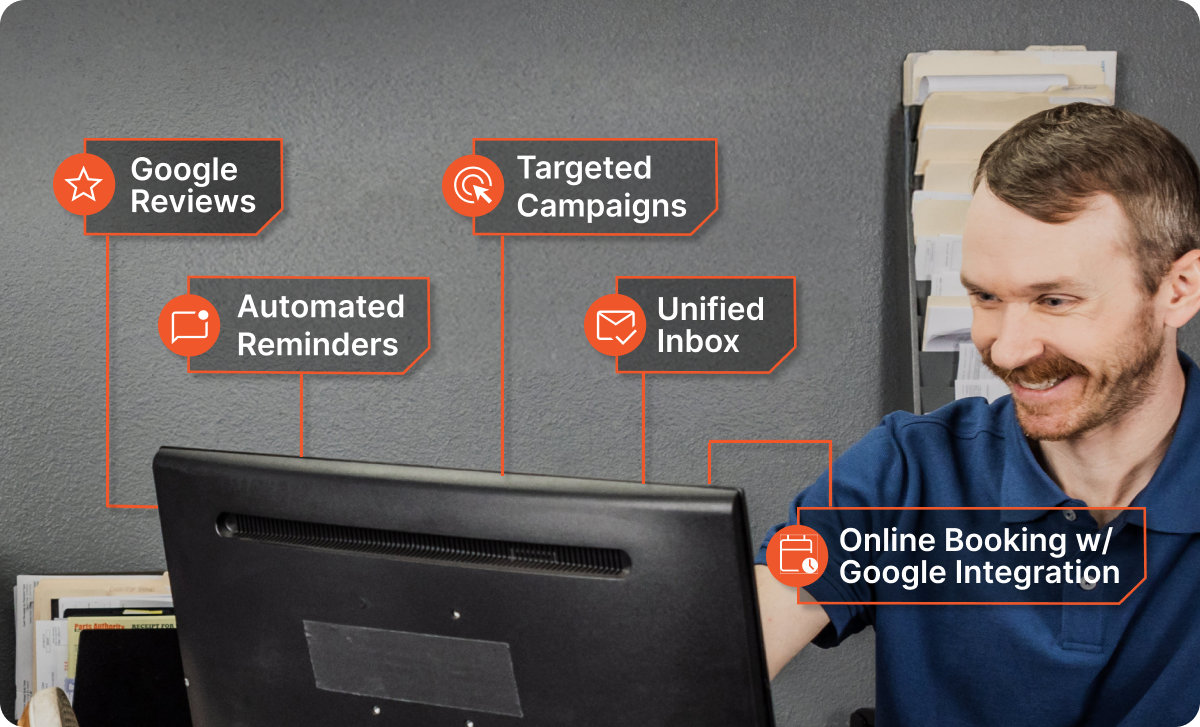
.png)
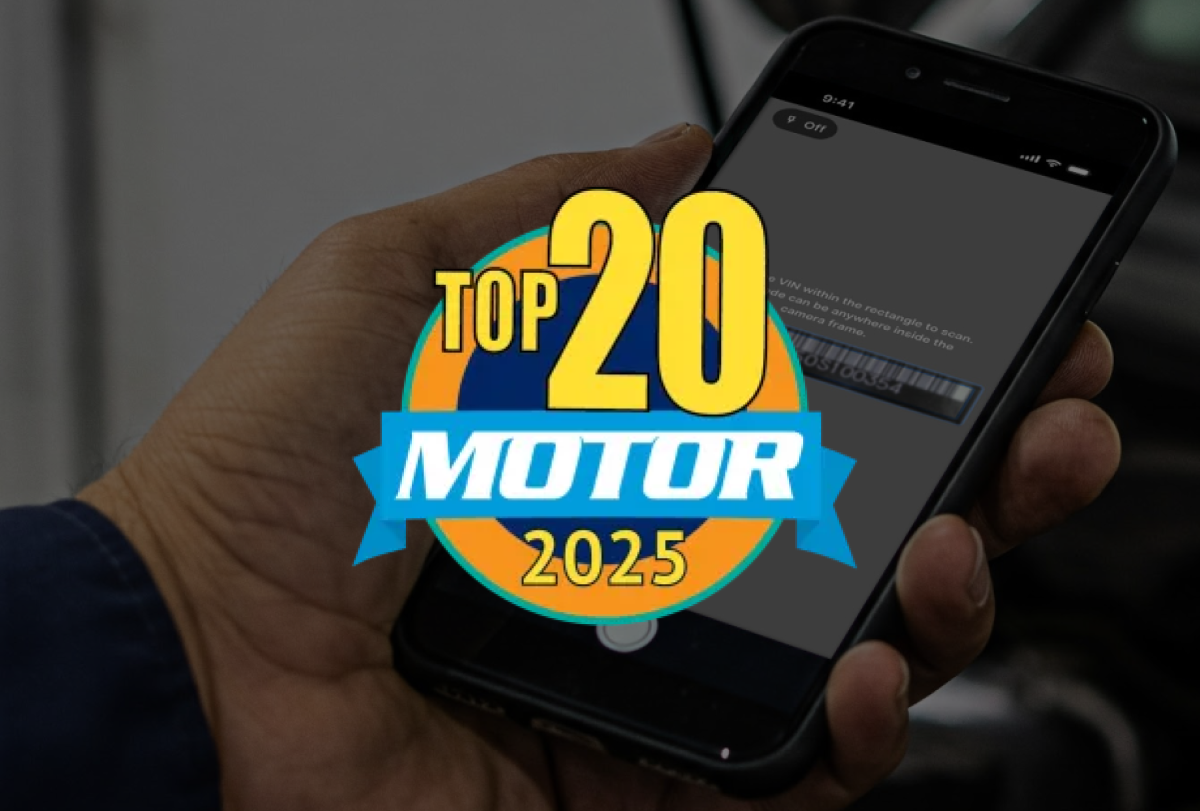
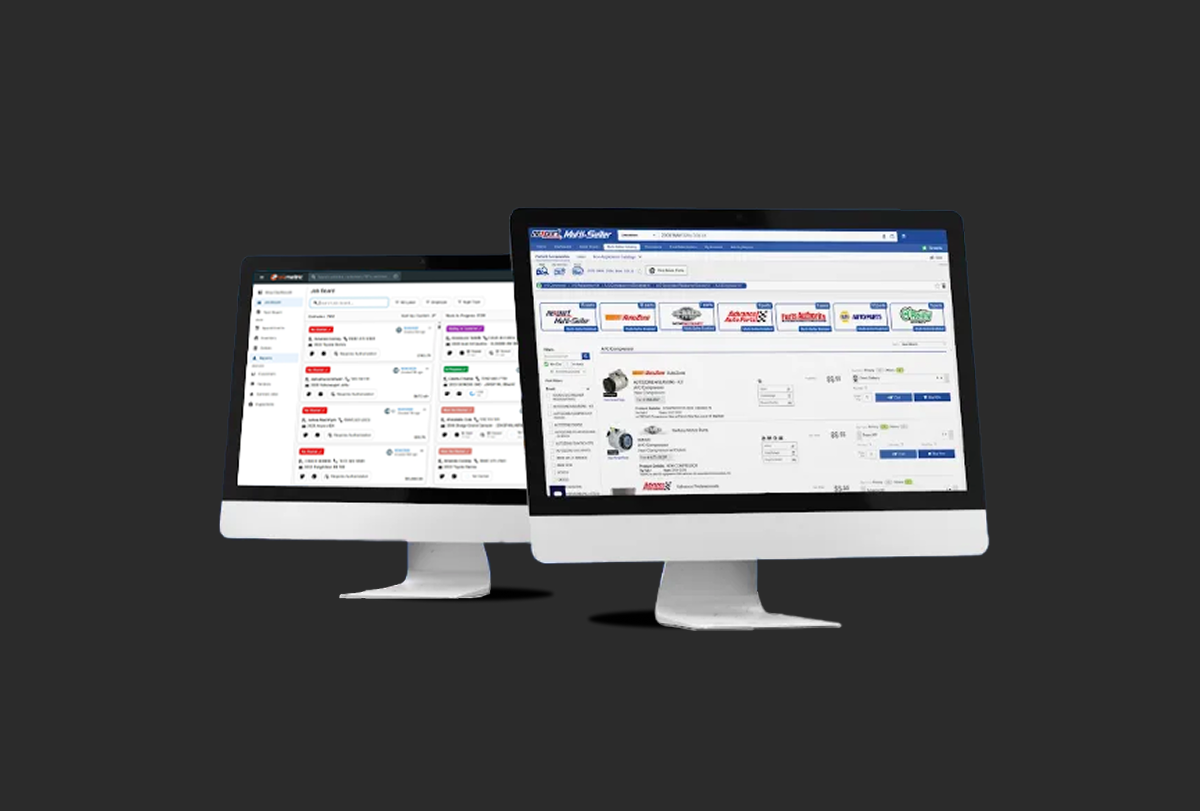

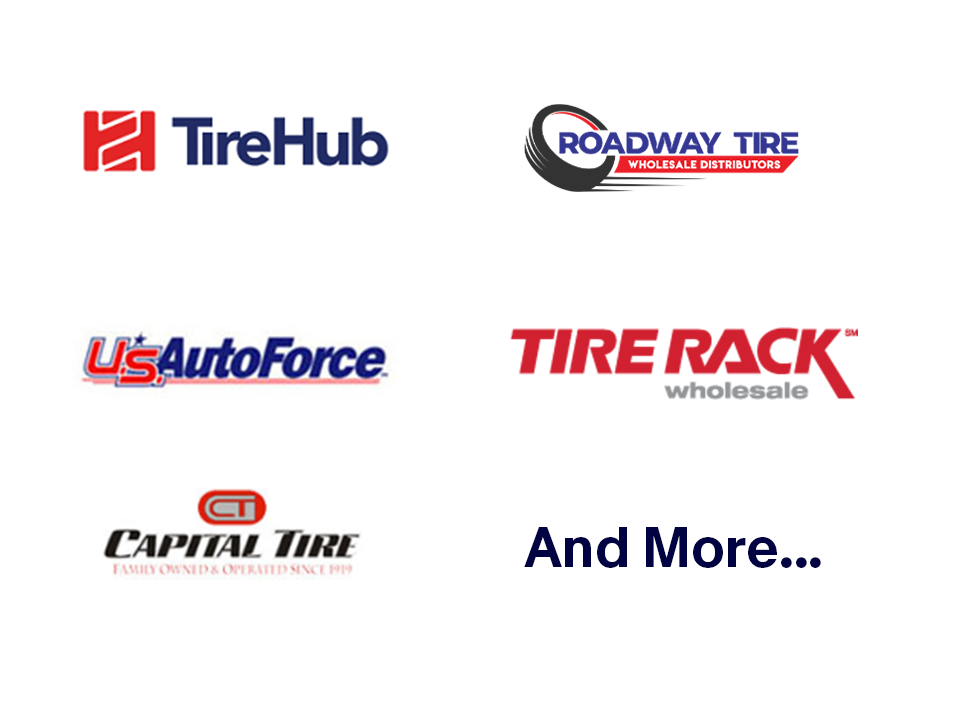
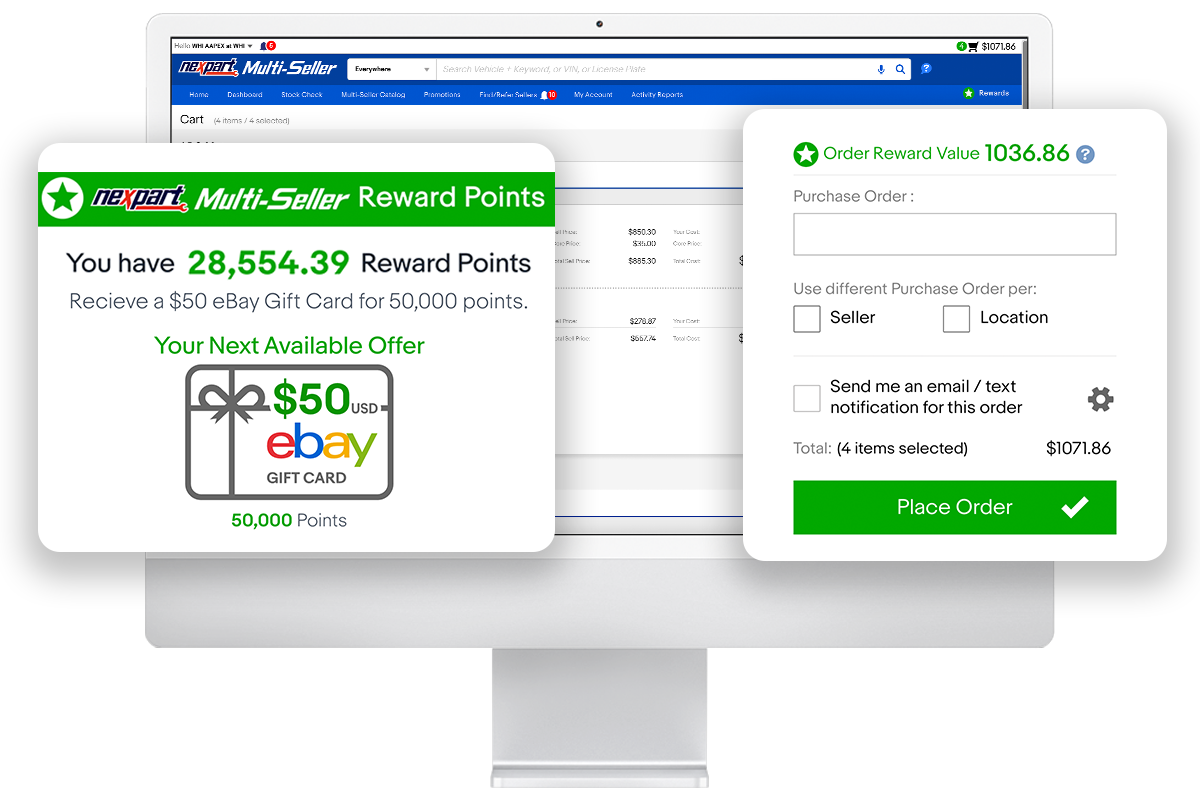







.webp)
.webp)












.png)





.webp)

.svg)



.svg)